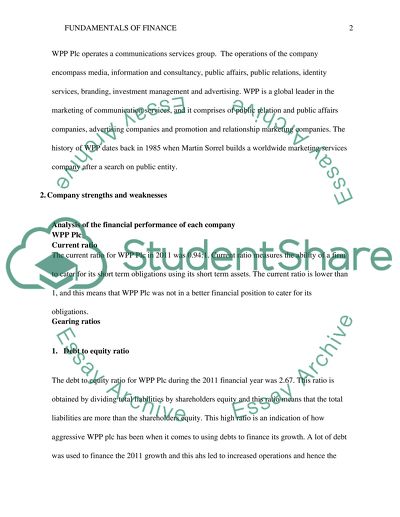Cite this document
(“Fundamentals of finance Essay Example | Topics and Well Written Essays - 2000 words”, n.d.)
Fundamentals of finance Essay Example | Topics and Well Written Essays - 2000 words. Retrieved from https://studentshare.org/finance-accounting/1463853-fundamentals-of-finance
Fundamentals of finance Essay Example | Topics and Well Written Essays - 2000 words. Retrieved from https://studentshare.org/finance-accounting/1463853-fundamentals-of-finance
(Fundamentals of Finance Essay Example | Topics and Well Written Essays - 2000 Words)
Fundamentals of Finance Essay Example | Topics and Well Written Essays - 2000 Words. https://studentshare.org/finance-accounting/1463853-fundamentals-of-finance.
Fundamentals of Finance Essay Example | Topics and Well Written Essays - 2000 Words. https://studentshare.org/finance-accounting/1463853-fundamentals-of-finance.
“Fundamentals of Finance Essay Example | Topics and Well Written Essays - 2000 Words”, n.d. https://studentshare.org/finance-accounting/1463853-fundamentals-of-finance.


